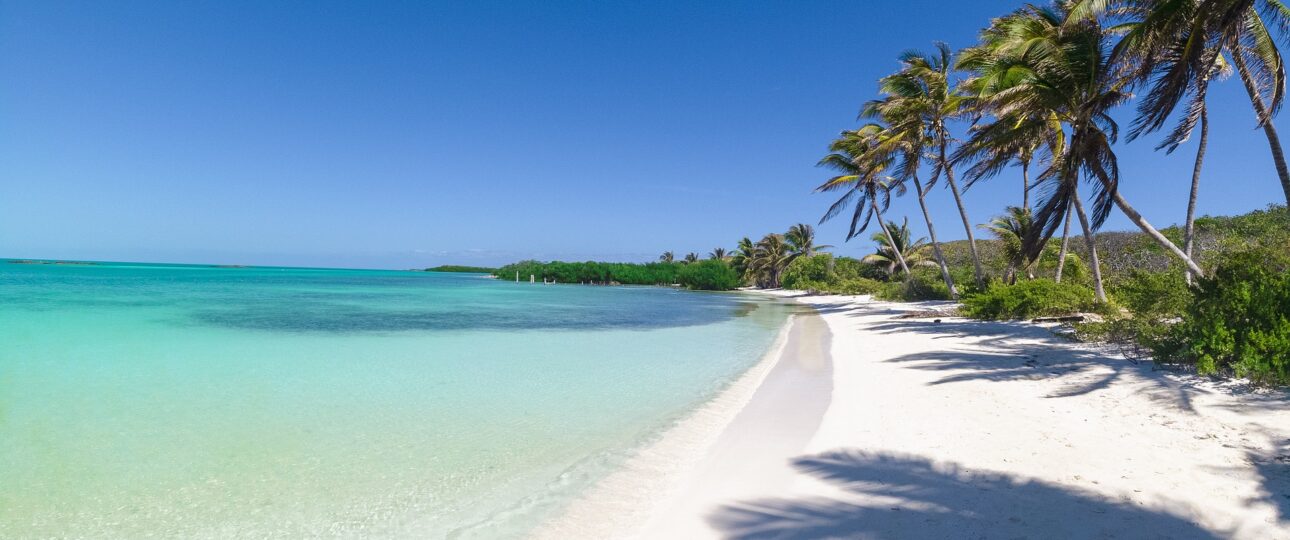Cuba is one of the largest Caribbean island countries and this little slice of paradise sure has a lot to offer. Spanish, American, European, and Asian influences have shaped Cuba’s rich culture. The capital, Havana, is a must-see destination for any traveler.
Best Cuba Tour Operators

Cuba Travel Guide
Key Facts
Area: 110,860 km2
Capital: Havana
Language: Spanish, Castilian
Climate: Moderate subtropical
Religion: Roman Catholic majority, Jews & Muslims also represented
Dialling code: +53
Why Go
Cuba is situated roughly 90 miles off the coast of Key West, Florida and its closest neighbours include Jamaica, Cayman Islands and Haiti.
Shaped somewhat like an alligator, Cuba extends 1,200km from Cape of San Antonio towards the west to the Tip of Maisi in the east. At its widest point the island spreads approximately 200 km and only 31 km at the narrowest section. It is equipped with 3,570 miles of coastline.
Cuba’s topography consists of farmlands, rugged mountains, colonial villages, urban metropolises and white-sand beaches in addition to tropical rainforests. There are about 300 natural beaches of which Varadero is the best known.
High mountains criss-cross the territory in different places. The Guaniguanico range is in the east with the Cuba’s highest peak, Pico Real del Turquino extending 1,974 metres above sea level. Ever since the imposition of the trade ban by the United States, Cuba has developed in a distinctly unique was as opposed to its neighbours. The way of life in Cuba is very different and an eye opener for visitors.
Cuba is one of the “greenest” countries in the world with a very low environmental impact. It houses no less than six UNESCO Biosphere Reserves and nine World Heritage Sites. It is also home to the world’s smallest bird known as the Zunzuncito (a hummingbird).
The crystal clear waters afford it with an amazing array of biodiversity and well established ecosystems. Its coral reefs and surrounding marine areas are home to roughly 500 fish species and 200 sponge species. Additionally the molluscs, crustaceans, meadows of gorgonians, caves and coral gardens are a big draw for scuba divers.
Best Time to Visit
Although you can visit all year round the dry season—November to May—is the best time to go. The weather is mild, with average temperatures of 75 °F. So get ready to dance the Salsa. Go ahead and make that trip to Cuba from December through May.

